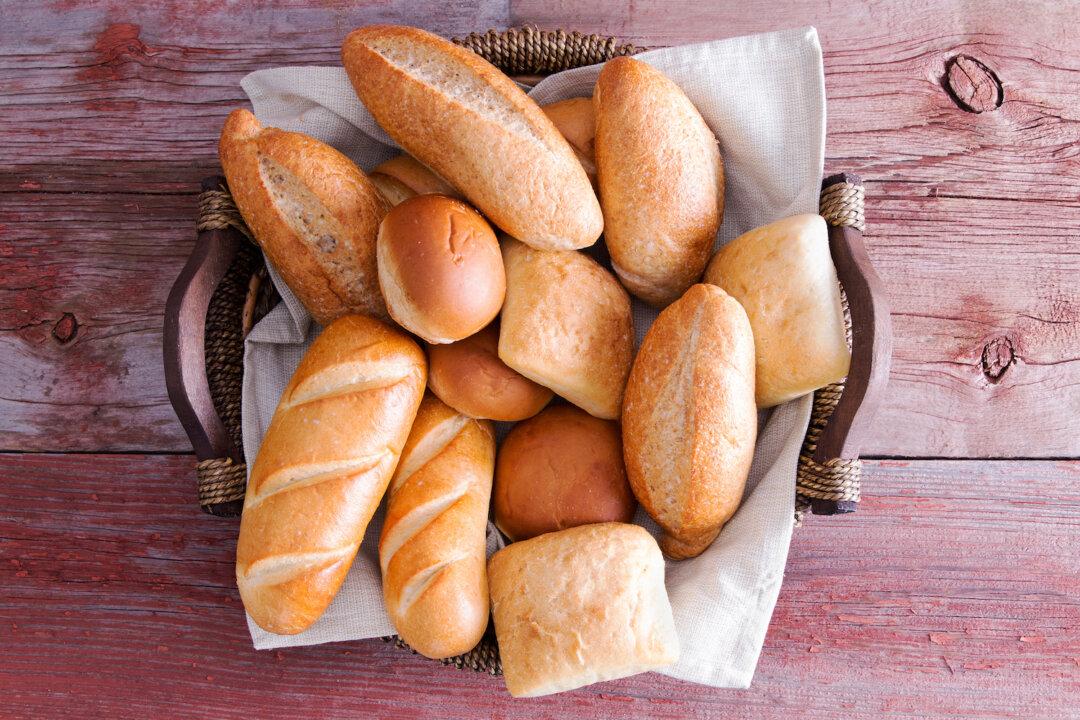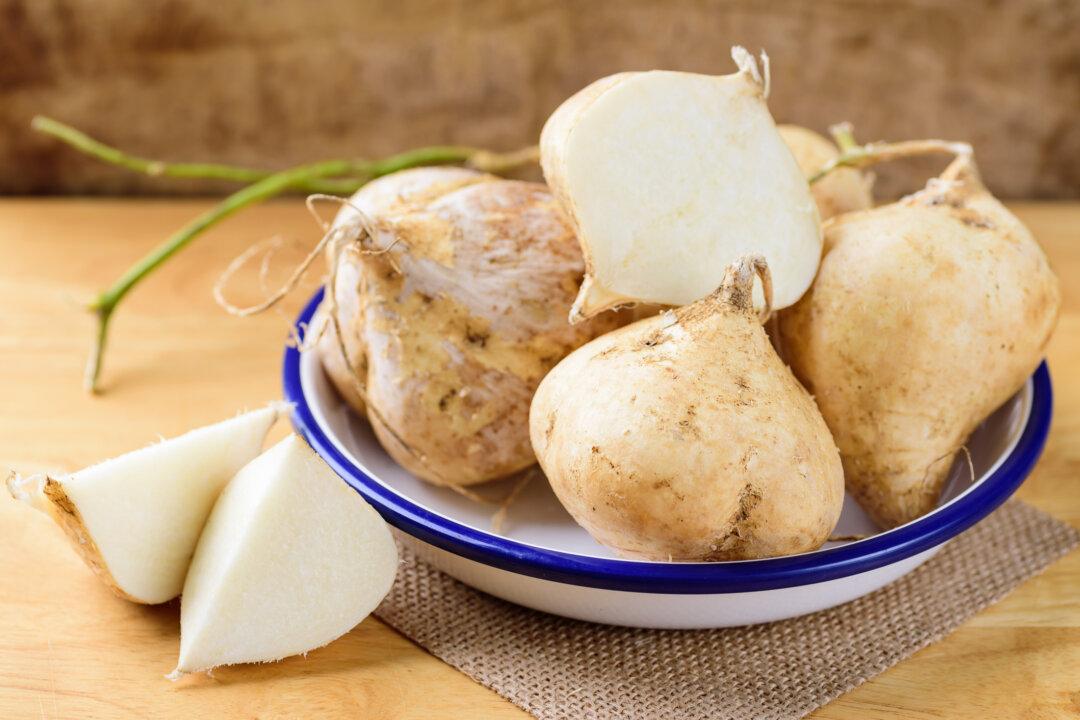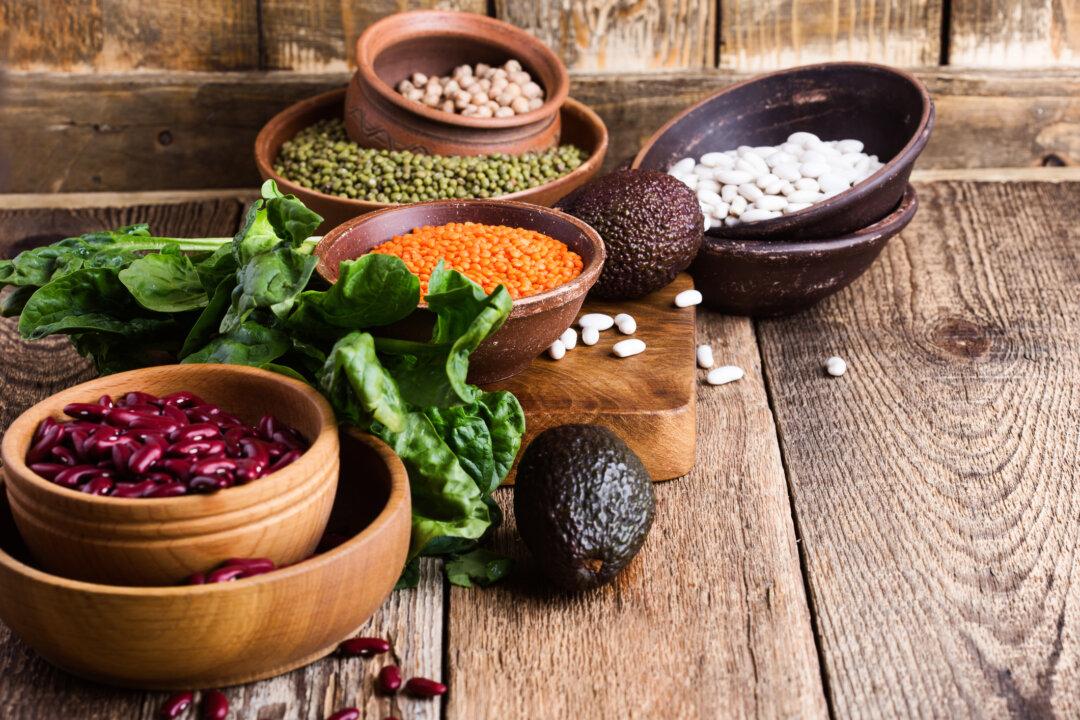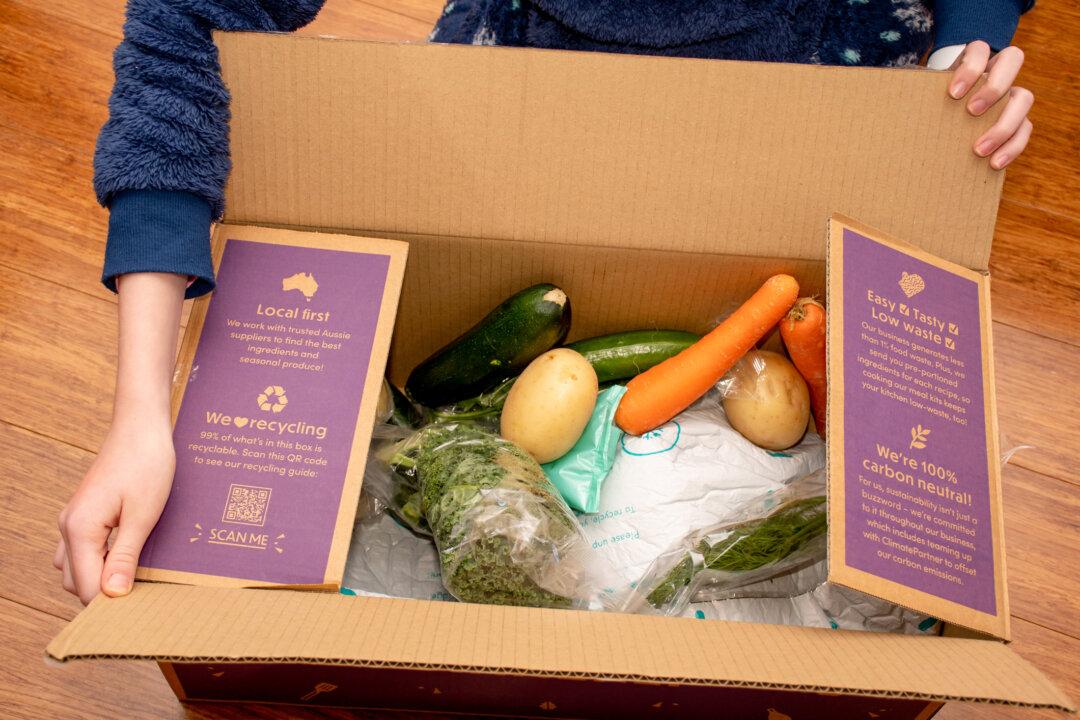Sliced bread and rolls, or at least sandwich or burger rolls, are most often eaten as part of a meal—not a meal on their own. They’re usually the vehicles that allow eating their fillings to be easier. For that reason, when we think about their nutritional quality, we have to remember that more will be added to what they provide. This is especially important when looking at those nutrients we try to limit such as saturated fat, sodium, and added sugar. Fortunately, the bread and roll aisle of the grocery store has no shortage of items which may help make it easier to find items that meet your specific nutrient or food goals.
The most meaningful nutrients for most of us when it comes to bread and rolls are sodium and fiber. Keeping in mind you might be eating two slices at a time; some breads could end up providing up to 500 milligrams of sodium before fillings are even added. Bread is a great way to meet some of your fiber and whole grain needs, so look for those with at least a few grams of fiber per serving. Fortunately, there are plenty of options that will allow both of these concerns to be managed.





